
As a lighting contractor, understanding the nuances of dimmer switches is essential for providing your clients with optimal lighting solutions. Dimmer switches not only enhance the ambiance of a space but also contribute to energy efficiency. This article delves into the various types of dimmer switches, their benefits, installation tips, and troubleshooting advice that every lighting contractor should be familiar with.
Dimmer switches are devices that allow users to adjust the brightness of their lighting fixtures. They can transform a standard lighting setup into a customizable experience, catering to different moods and activities. With the growing popularity of energy-efficient lighting options, such as LED and CFL bulbs, the technology behind dimmers has also evolved significantly. Modern dimmers not only provide functionality but also integrate seamlessly with contemporary home design, making them an essential component of any lighting scheme.
Furthermore, the versatility of dimmer switches extends beyond mere brightness control. They can be utilized in various settings, from residential homes to commercial spaces, enhancing both aesthetics and functionality. For instance, in a restaurant, dimmers can adjust lighting to create a warm and inviting atmosphere during dinner service, while in a retail environment, they can highlight products and draw customers in. This adaptability makes dimmer switches a valuable addition to any lighting plan.
There are several types of dimmer switches available in the market, each designed to cater to specific lighting needs. The most common types include:
Incorporating dimmer switches into lighting designs offers numerous advantages. Here are some key benefits to consider:
Additionally, dimmer switches can contribute to improved well-being by allowing individuals to control their environment. Research has shown that lighting can significantly affect mood and productivity. For example, softer lighting can create a calming effect, making it ideal for relaxation or winding down at the end of the day. Conversely, brighter settings can enhance focus and alertness, making them suitable for workspaces or study areas. This adaptability makes dimmer switches not just a luxury, but a practical tool for enhancing daily life.
Installing dimmer switches may seem straightforward, but there are several important factors to consider to ensure a successful installation. Here are some tips to keep in mind:
Before installation, it’s crucial to select the appropriate dimmer switch for the specific type of lighting being used. Not all dimmers are compatible with every bulb type. For instance, when working with LED lights, make sure to choose a dimmer specifically designed for LED compatibility. This will prevent flickering and ensure smooth dimming capabilities. Additionally, consider the wattage rating of the dimmer; it should match or exceed the total wattage of the bulbs connected to it. This not only enhances performance but also prolongs the lifespan of both the dimmer and the bulbs.
Proper wiring is essential for the safe and effective operation of dimmer switches. Always turn off the power at the circuit breaker before starting any electrical work. When connecting the dimmer, ensure that the wires are securely attached and that there are no exposed connections. Using wire nuts can help create safe and reliable connections. It’s also advisable to use electrical tape to wrap the wire nuts for added security and insulation. Furthermore, pay attention to the color coding of the wires—typically, black is for the hot wire, white for neutral, and green or bare for ground—to avoid any confusion during installation.
After installation, it’s important to test the dimmer switch to ensure it operates correctly. Gradually adjust the brightness to check for any flickering or issues. If problems arise, double-check the wiring and compatibility with the bulbs used. A thorough testing process can save time and prevent callbacks. In addition, consider testing the dimmer at various settings to ensure it maintains a consistent performance across the entire range. This can help identify any potential issues that may not be immediately apparent and ensure that the client is satisfied with the final result.
Another crucial aspect to consider is the type of load that the dimmer will control. Different loads, such as incandescent, halogen, or electronic low-voltage, may require specific types of dimmers. For instance, magnetic low-voltage transformers often work best with a compatible dimmer designed to handle that specific load type. Understanding these nuances can help prevent issues down the line and ensure that the lighting system operates efficiently. Additionally, some dimmers come with features such as preset levels or remote control capabilities, which can enhance user experience and provide added convenience for clients.
Safety should always be a top priority during any electrical installation. In addition to turning off the power, wearing insulated gloves and using tools with rubber grips can help protect against accidental shocks. It’s also wise to have a voltage tester on hand to verify that the power is indeed off before beginning work. Furthermore, educating clients about the proper use and maintenance of their dimmer switches can help prevent future issues and ensure they enjoy the benefits of their new lighting system for years to come. Providing them with a brief overview of how to troubleshoot common problems can also empower them and enhance their satisfaction with your services.
Even with proper installation, dimmer switches can sometimes present challenges. Being aware of these common issues can help you troubleshoot effectively.
Flickering lights are one of the most common complaints with dimmer switches. This can occur due to several reasons, including:
Sometimes, users may find that the dimmer switch does not provide a full range of brightness. This can be due to:
Overheating can be a serious concern with dimmer switches. If a dimmer feels excessively hot, it may indicate an overload or a faulty unit. To address this, check:
The lighting industry is constantly evolving, and dimmer technology is no exception. Innovations are paving the way for more efficient and user-friendly dimming solutions.
Smart dimmers are becoming increasingly sophisticated, integrating seamlessly with home automation systems. Many now offer features such as:
As more homeowners turn to renewable energy sources, such as solar panels, the demand for dimmers that work seamlessly with these systems is growing. Newer dimmers are being designed to optimize energy usage and integrate with solar energy systems, providing greater efficiency and sustainability.
Understanding dimmer switches is crucial for lighting contractors looking to provide comprehensive lighting solutions. From selecting the right type of dimmer to troubleshooting common issues, knowledge in this area can enhance your service offerings and improve customer satisfaction. As technology continues to advance, staying informed about the latest innovations will ensure you remain competitive in the ever-evolving lighting industry.
By mastering the intricacies of dimmer switches, you not only elevate your expertise but also empower your clients to enjoy the full benefits of customizable lighting in their spaces. Embrace the art of dimming and watch your business thrive.
Ready to enhance your lighting solutions with the best dimmer switches on the market? Look no further than LumenWholesale for all your lighting needs. Our spec-grade lighting products are designed to meet the highest industry standards, ensuring you deliver reliable and high-performance lighting to your clients. With unbeatable wholesale prices and free shipping on bulk orders, LumenWholesale is your go-to source for premium lighting without the premium price tag. Elevate your lighting projects and discover the best value in wholesale lighting today.
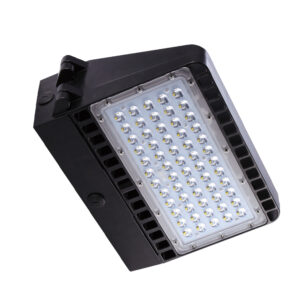
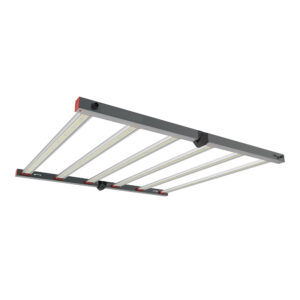
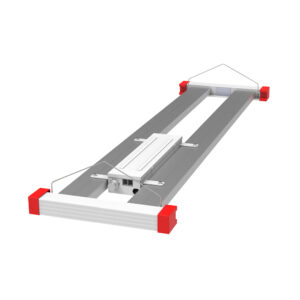
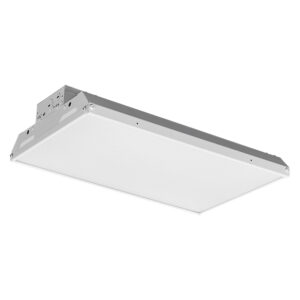
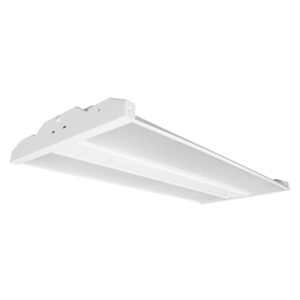
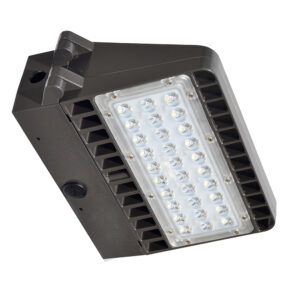

Discover why purchasing LED street light retrofit kits in bulk from local distributors might not be your best bet.

Discover why purchasing network-controlled lighting in bulk from local distributors might not be your best choice.

Discover essential insights into linear high bay lighting with our comprehensive guide tailored for lighting contractors.

Discover essential insights for lighting contractors on LED tube lights, including installation tips, energy efficiency benefits, and the latest industry trends to enhance your projects and client satisfaction..
Get notified when NEW deals are released.
Optimize your budget with wholesale discounts.
Only top-quality, specification-grade lighting products.
No additional costs at checkout - what you see is what you pay.
We understand the unique needs of contractors.